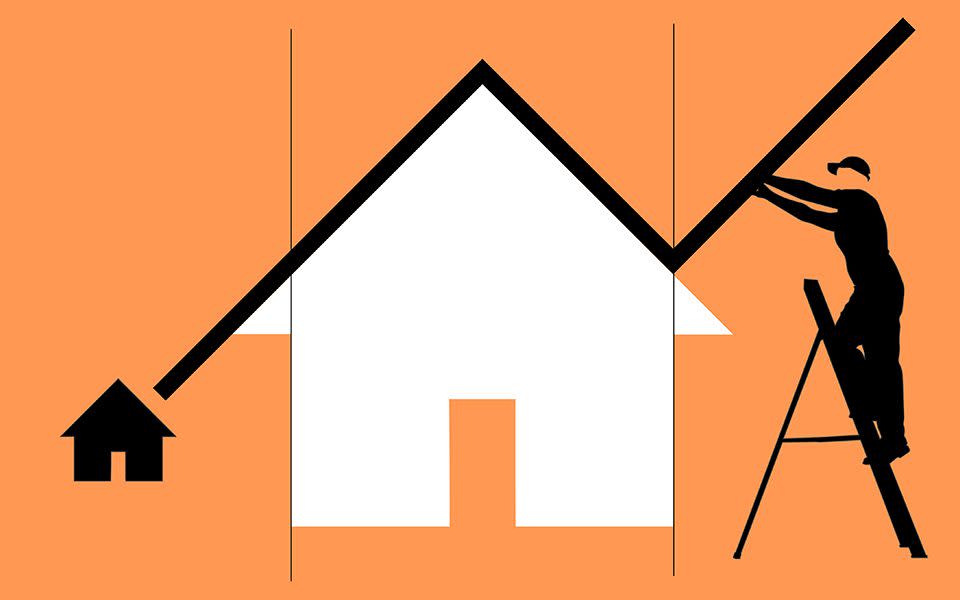Huge tax bills for first-time buyers as house prices soar

More than a quarter of first-time buyers now pay stamp duty after house prices soared while tax thresholds stayed frozen.
The surge in property prices has dragged thousands of buyers into higher tax brackets, and nearly tripled the number of first-time buyers paying stamp duty, new analysis shows.
House prices in England have soared by £94,178 since December 2014 – the last time stamp duty bands were adjusted – according to the Office for National Statistics. Over the same period, the stamp duty bill on the average priced home has tripled, jumping from £1,567 to £4,876.
The Government introduced first-time buyer’s stamp duty relief in 2017, which meant first-time buyers paid no stamp duty on the value of a property purchase up to the first £300,000, provided the value of the property does not exceed £500,000.
Yet in the five years since then, the number of first-time buyers paying stamp duty has nearly tripled. HM Revenue and Customs data shows that since 2017, the number of buyers claiming first-time buyer relief but still paying tax has risen from 4,700 to 12,700.
Since the start of 2019 alone, the share of first-time buyers who qualified for relief but still had to pay tax jumped from 21pc to 26pc. The Yorkshire Building Society found that there were 408,000 first-time buyers last year, suggesting that more than 100,000 had to pay stamp duty.
Paula Higgins, of advice group the HomeOwners Alliance, called on the Government to make an urgent stamp duty review to stop “fettering” first-time buyers with punitive moving costs. She said: “There is a real risk first-time buyers will become a taxation cash cow.”
It comes as homeowners facing rising mortgage rates are paying exit fees to end their current deal and lock into a new one. Yorkshire Building Society recorded an 88pc rise in the value of “early repayment charges” paid on its mortgages so far this year, compared with the same period in 2020.
The average two-year deal has risen by almost 1 percentage point this year, at 3.25pc – the highest since 2014, according to analyst Moneyfacts.
Most lenders charge exit fees as a percentage of the outstanding balance left on a mortgage. The average outstanding fixed-rate mortgage in the UK is £161,774, so a borrower exiting a typical five-year deal 13 months early would pay £3,235 in fees.
A Government spokesman said: "We want to help as many people as possible get onto the housing ladder, which is why we cut stamp duty for 90pc of first-time buyers who pay it via First Time Buyers Relief, as well as investing £10bn to help unlock over 1 million new homes.
"We keep all taxes under review."

 Yahoo Finance
Yahoo Finance 